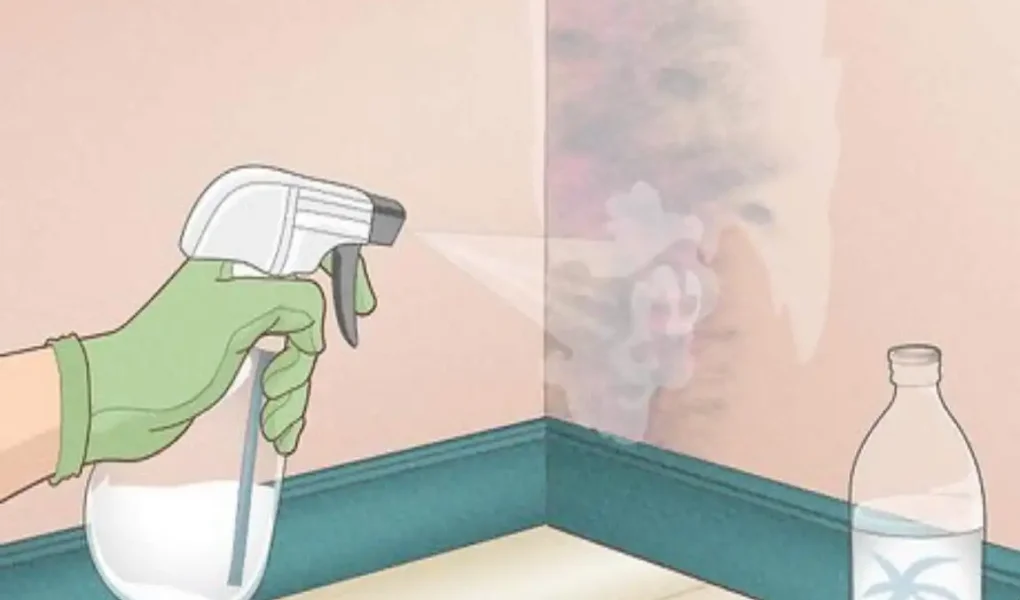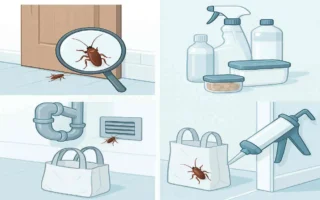Have you ever noticed unsightly black or green patches on your home’s siding? That’s mold, and it’s more than just a cosmetic issue. Mold growth on house siding can compromise your home’s health and curb appeal. But don’t worry —we’ll walk you through practical ways to remove mold from house siding quickly. By the end of this article, you’ll have all the knowledge and tools you need to tackle this home problem head-on and keep your home looking its best.
Mold thrives in damp, shaded areas, making house siding a prime target. Whether it’s vinyl, wood, stucco, or fiber cement, no siding is immune to mold growth. But with the right approach, you can quickly and effectively eliminate mold and prevent it from coming back. So let’s dive in and explore how to remove mold from house siding, step by step.
Understanding Mold on House Siding
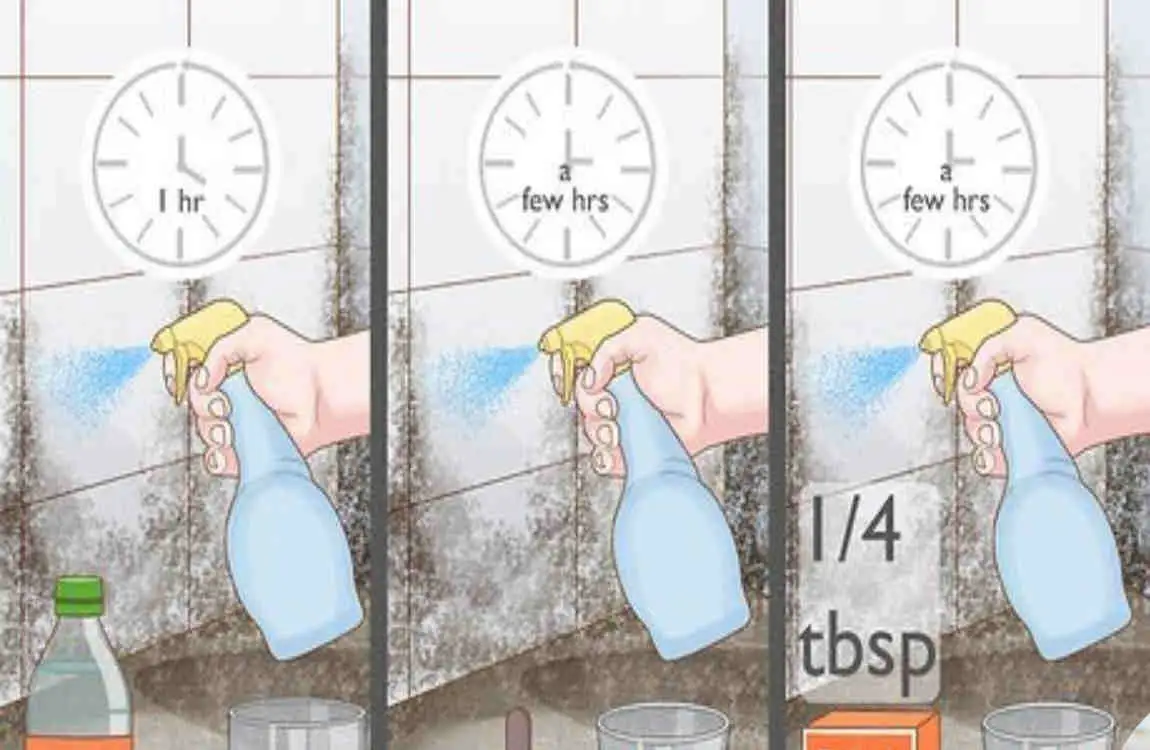
What Causes Mold Growth on Siding?
Mold needs three things to grow: moisture, organic material, and the right temperature. House siding often provides the perfect environment for mold growth. Common causes include:
- Poor drainage around the foundation
- Leaky gutters or downspouts
- Shaded areas that don’t dry out quickly
- High humidity or frequent rain in your climate
Common Types of Mold Found on House Siding
Several types of mold can grow on house siding, including:
- Cladosporium: Often appears as black or dark green spots
- Aspergillus: Can be black, brown, or green and has a powdery texture
- Penicillium: Typically blue-green or yellow-green in color
- Stachybotrys: Known as “black mold,” it’s dark green or black and slimy
Signs Mold is Growing on Your Siding
Keep an eye out for these telltale signs of mold on your house siding:
- Discoloration, especially in shaded areas
- A musty or earthy odor near the siding
- A slimy or fuzzy texture on the siding surface
- Peeling or bubbling paint
Risks and Damages Caused by Mold on House Siding
Mold on house siding isn’t just unsightly; it can also cause serious problems:
- Structural damage: Mold can break down the organic materials in some siding types, leading to rot and deterioration
- Health hazards: Mold spores can trigger allergies, asthma, and other respiratory home issues, especially in sensitive individuals
- Decreased curb appeal: Moldy siding can make your home look neglected and reduce its value
Preparing for Mold Removal on Siding
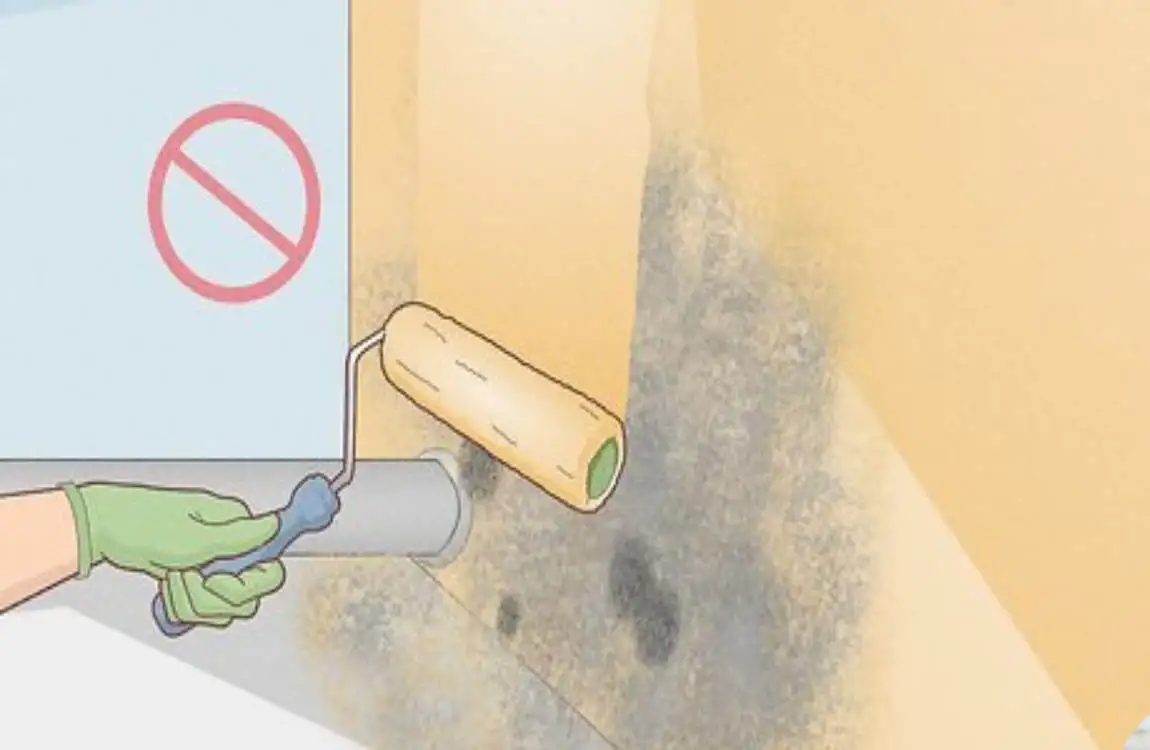
Safety Precautions Before Mold Removal
Before you start tackling the mold on your house siding, it’s crucial to take safety precautions:
- Wear protective gear, including gloves, long sleeves, and pants
- Use eye protection to shield your eyes from mold spores and cleaning solutions
- Wear a mask to avoid inhaling mold spores or fumes from cleaning products
Tools and Materials Needed for Mold Removal from Siding
To effectively remove mold from your house siding, you’ll need the following tools and materials:
- Pressure washer (optional)
- Scrub brushes with stiff bristles
- Cleaning solutions (bleach, vinegar, or commercial mold removers)
- Buckets and sponges
- Ladder or scaffolding for reaching high areas
Assessing Siding Type for Best Removal Method
Different siding materials require different approaches to mold removal:
- Vinyl siding: Can handle pressure washing, but be careful not to use too much pressure
- Wood siding: Requires gentle cleaning to avoid damaging the wood
- Stucco siding: Can be cleaned with a soft brush and mild cleaning solution
- Fiber cement siding: Can withstand pressure washing, but avoid using too much pressure on textured surfaces
Environmental Considerations and Legal Guidance on Mold Disposal
When removing mold from your house siding, be mindful of environmental and legal considerations:
- Follow local regulations for disposing of moldy materials and cleaning solutions
- Avoid washing mold spores into storm drains or waterways
- Consider the impact of your cleaning methods on nearby plants and wildlife
How to Remove Mold from House Siding – Fast and Effective Methods
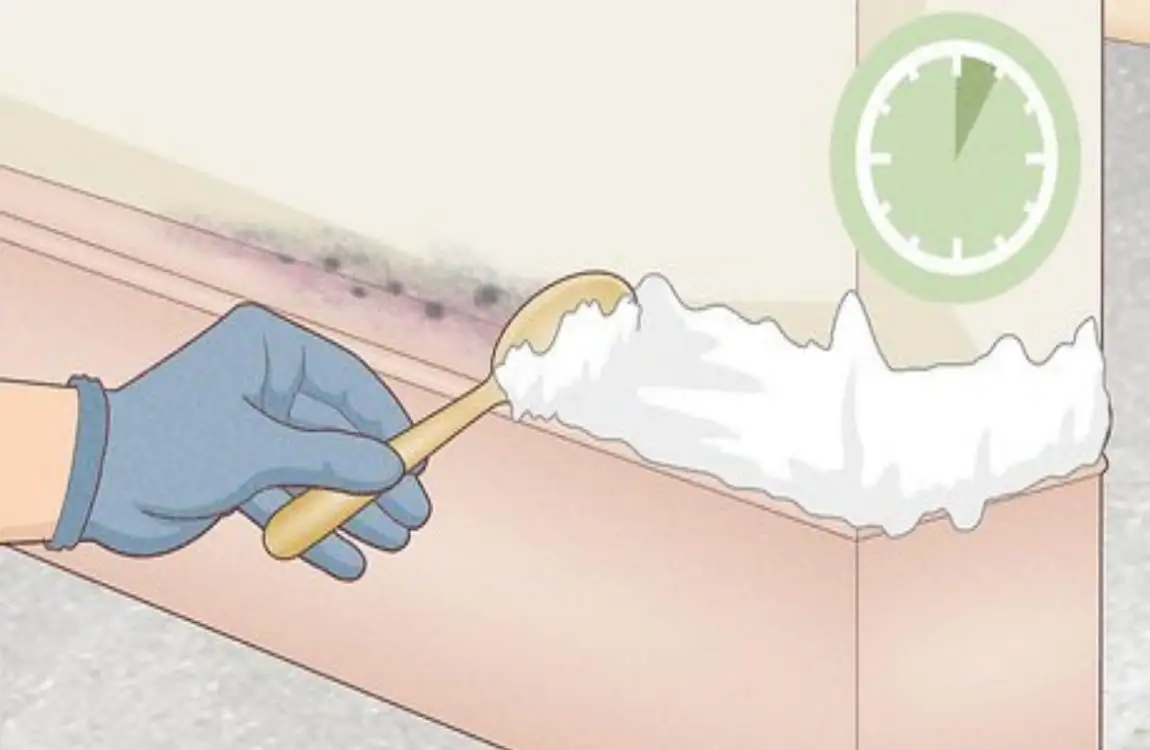
Overview of Quick and Safe Mold Removal Tactics
Now that you’re prepared, let’s explore four practical methods for removing mold from house siding quickly and safely:
- Cleaning with a diluted bleach solution
- Using commercial mold removers
- Pressure washing siding to remove mold
- Natural remedies for mold removal (vinegar, baking soda)
Cleaning with Diluted Bleach Solution
Recipe for Homemade Bleach Cleaner
To create an effective bleach solution for mold removal, mix:
- 1 cup of bleach
- 1 gallon of water
Step-by-Step Application and Rinsing Process
- Fill a bucket with the bleach solution
- Dip a scrub brush into the solution and scrub the moldy areas of the siding
- Let the solution sit on the siding for 10-15 minutes
- Rinse the siding thoroughly with clean house water
- Repeat the process if necessary for stubborn mold stains
How to Apply and Effectiveness Comparison
To use commercial mold removers on your house siding:
- Read and follow the product’s instructions carefully.
- Apply the mold remover to the affected areas using a sprayer or brush.
- Allow the product to sit for the recommended time (usually 10-30 minutes)
- Scrub moldy areas with a brush, then rinse thoroughly with cleaning products.
The effectiveness of commercial mold removers can vary depending on the product and the severity of the mold growth. In general, these products are highly effective at killing mold and removing stains, but they may require multiple applications for heavy infestations.
Method 4: Natural Remedies for Mold Removal (Vinegar, Baking Soda)
DIY Recipes and Application Tips
Natural remedies like vinegar and baking soda can be effective for mild mold growth on house siding:
- Vinegar solution: Mix equal parts white vinegar and water in a home spray bottle. Spray the solution on the moldy areas, let it sit for an hour, then scrub and rinse.
- Baking soda paste: Mix baking soda with water until smooth floor. Apply the paste to the moldy areas, let it sit for an hour, then scrub and rinse.
When Natural Methods Are Effective vs. When to Call a Pro
Natural remedies are best suited for:
- Mild mold growth
- Small areas of mold
- Preventive maintenance
However, if you have:
- Heavy mold growth
- Large areas of mold
- Mold that returns quickly after cleaning house
It’s best to call a professional mold removal service for more thorough and long-lasting results.
Preventing Mold Regrowth on House Siding
Routine Cleaning and Maintenance Tips for Siding
To keep mold from returning to your house siding, follow these routine cleaning and maintenance tips:
- Clean your siding at least once a year, or more often if you live in a humid climate
- Use a mild detergent and a soft brush to remove dirt and grime
- Rinse the siding thoroughly with clean water after cleaning
- Inspect your siding regularly for signs of mold or home damage
Improving Siding Drainage and Moisture Control
Proper drainage and moisture control are key to preventing mold growth on house siding:
- Ensure your gutters and downspouts are clear and functioning properly
- Direct water away from your home’s foundation with proper grading and drainage
- Use a vapor barrier behind your siding to prevent moisture from getting trapped
- Install a drip edge at the top of your siding to prevent water from running behind it
Landscaping Tips to Reduce Mold-Friendly Conditions
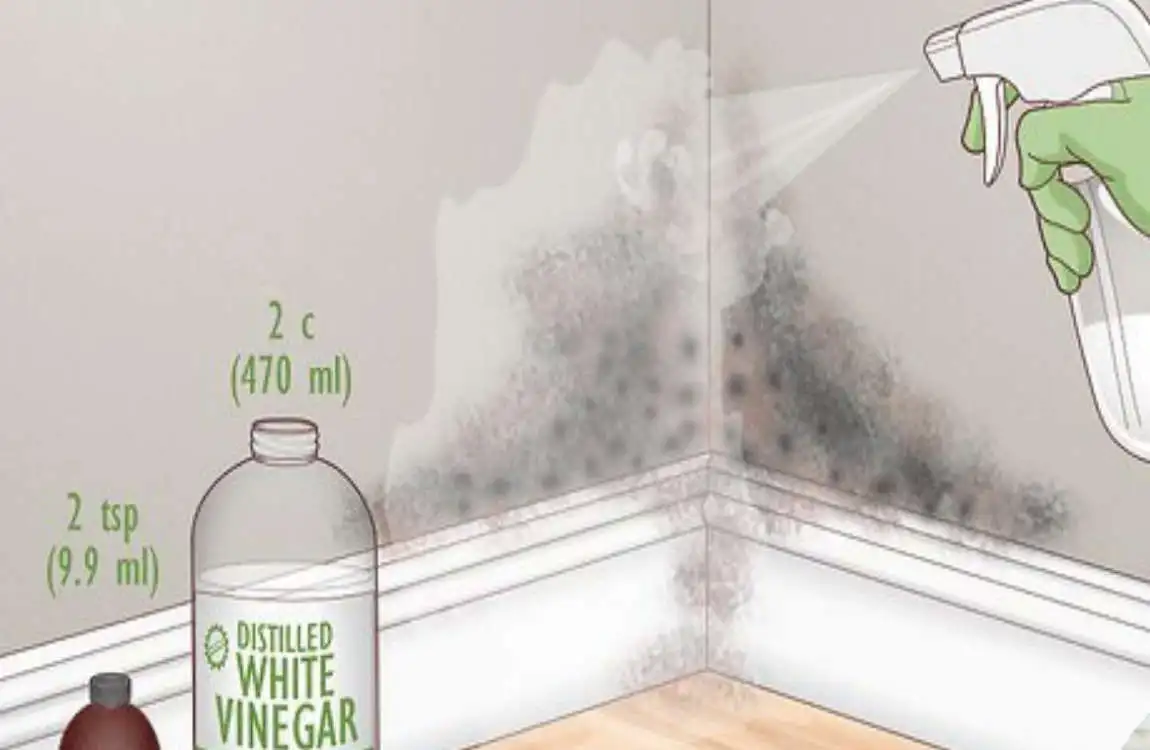
Your landscaping can play a significant role in preventing mold growth on your house siding:
- Trim back trees and shrubs to allow more sunlight and air circulation around your home
- Keep mulch and soil at least 6 inches away from your siding to prevent moisture buildup
- Use a dehumidifier in damp areas near your home, like basements or crawl spaces
- Cleaning your gutters regularly to prevent water from overflowing and running down your siding
Using Mold-Resistant Siding Paints and Treatments
Applying mold-resistant paints and treatments to your house siding can help prevent mold growth:
- Choose a paint specifically house design for exterior use and labeled as mold-resistant
- Apply the paint according to the manufacturer’s instructions, usually in two coats
- Consider using a clear mold-resistant treatment on unpainted siding, like a silicone-based water repellent

